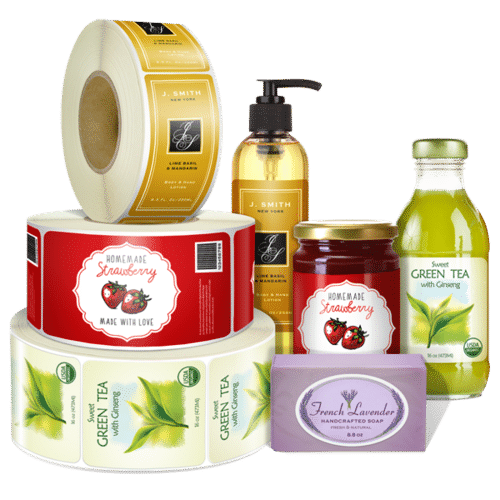- होम पेज
- कंपनी प्रोफाइल
-
हमारे उत्पाद
- बारकोड लेबल
- बैच कोडिंग मशीन
- नागरिक बारकोड प्रिंटर
- हनीवेल प्रिंटर और स्कैनर
- आर्गोक्स बारकोड प्रिंटर
- लेबल एप्लिकेटर मशीन
- सातो प्रिंटर
- थर्मल ट्रांसफर रिबन
- तोशिबा प्रिंटर
- टीएससी बारकोड प्रिंटर
- TSC TDP-247 बारकोड प्रिंटर
- TSC TTP247 बारकोड प्रिंटर
- TTP345 बारकोड प्रिंटर
- TE200 बारकोड प्रिंटर
- TTP244 PRO बारकोड प्रिंटर
- TSC TX200 बारकोड प्रिंटर
- TSC ME240 बारकोड प्रिंटर
- TSC MB240 बारकोड प्रिंटर
- TSC MH240 बारकोड प्रिंटर
- TSC MX240P बारकोड प्रिंटर
- TSC TTP246MT बारकोड प्रिंटर
- TSC TTP2620MT बारकोड प्रिंटर
- टीटीओ प्रिंटर रिबन
- ज़ेबरा प्रिंटर और स्कैनर
- मोबाइल टर्मिनल
- डेटालॉजिक स्कैनर
- भाई प्रिंटर्स
- संपर्क करें
Beverage Labels
उत्पाद विवरण:
- शेप
- टेप टाइप
- रंग Cutomized
- अधिक देखने के लिए क्लिक करें
X
मूल्य और मात्रा
- 1000
उत्पाद की विशेषताएं
- Cutomized
व्यापार सूचना
- Vadodara, Gujarat
- प्रति सप्ताह
- दिन
- Yes
उत्पाद वर्णन
Printed labels refer to labels that have been created using a printing process to transfer text, graphics, or images onto label material. There are various methods and technologies used to print labels, each offering different advantages based on the application and desired outcome. Here are some common types of printed labels and their characteristics:
Types of Printed Labels:
Digital Printing:
- Technology: Uses digital printing machines that apply ink directly onto the label material.
- Advantages: Allows for high-quality, full-color printing with variable data capabilities (each label can be unique). Ideal for short to medium print runs and quick turnaround times.
- Applications: Suitable for product labels, promotional stickers, personalized labels, and prototypes.
Flexographic Printing:
- Technology: Uses flexible relief plates to transfer ink onto the label material.
- Advantages: Cost-effective for large volume runs. Offers good print quality and durability. Supports various label materials, including paper, film, and foils.
- Applications: Commonly used for packaging labels, shipping labels, and labels on flexible packaging materials.
Screen Printing:
- Technology: Uses a mesh screen stencil to transfer ink onto the label material.
- Advantages: Provides vibrant colors, durability, and the ability to print on various surfaces (e.g., plastics, metals). Suitable for outdoor and industrial applications.
Tell us about your requirement

Price: Â
Quantity
Select Unit
- 50
- 100
- 200
- 250
- 500
- 1000+
Additional detail
मोबाइल number
Email









